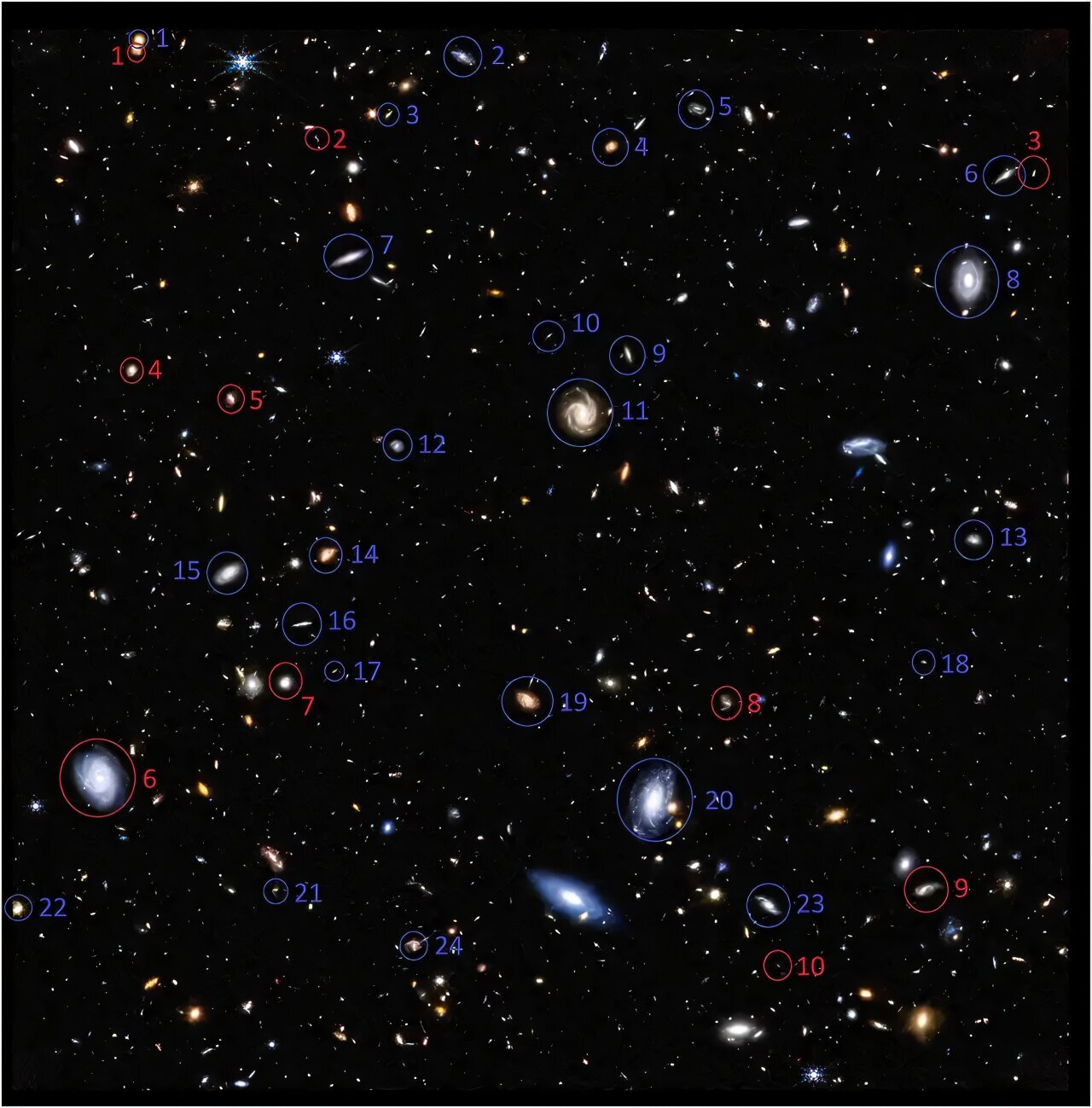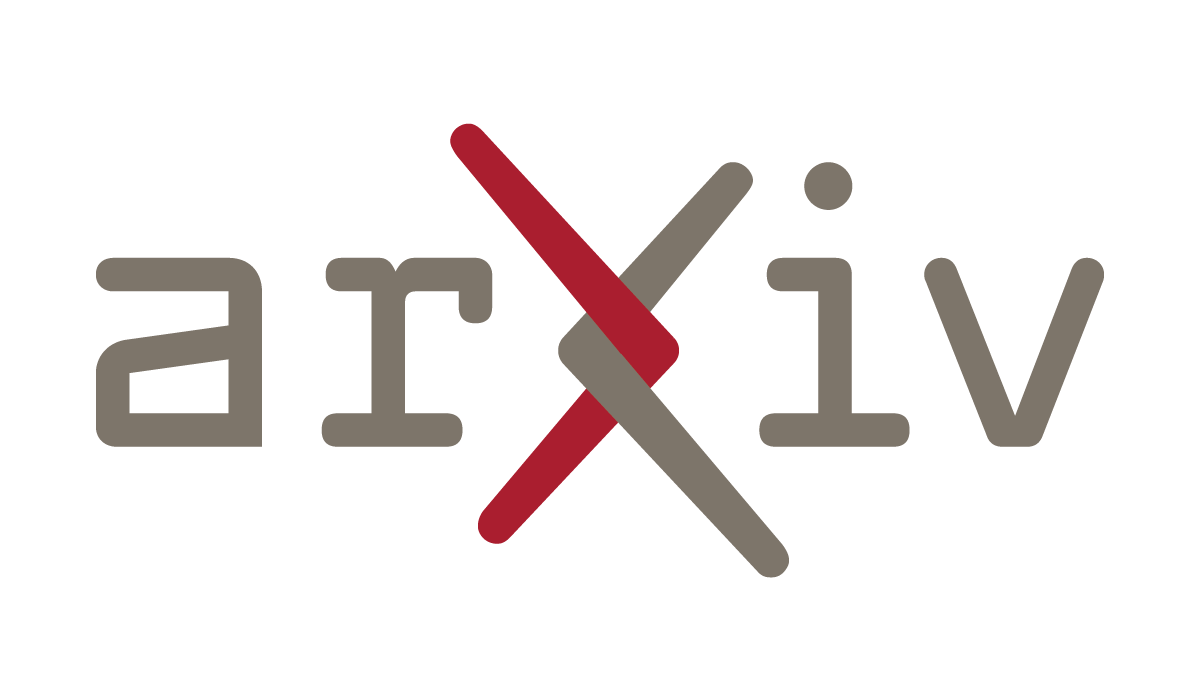#Redshift is a sandy butthole
(the database, I mean)
#Redshift is a sandy butthole
(the database, I mean)
https://www.europesays.com/uk/13500/ RFA and SaxaVord target UK’s first vertical orbital launch #Europe #Redshift #RFA #RFAOne #RocketFactoryAugsburg #SaxaVord #Science #Space #StaticFire #UK #UnitedKingdom
#Cosmology #JWST
"Puzzling observation by JWST: Galaxies in the deep universe rotate in the same direction"
https://phys.org/news/2025-03-puzzling-jwst-galaxies-deep-universe.html
<<If the physics of galaxy rotation affects the light that galaxies emit in a manner that is currently unknown, that can also affect the redshift, and therefore can be related to #Alternative #Redshift models.>> - from the paper in MNRAS

Time to catch up. Happy St Patrick's Day!
♫ When will we be married Molly? ♫
#NowPlaying #NSR Redshift
https://www.youtube.com/watch?v=UwXFPbJb3OU
#Redshift #Irish #Reggae #Music #StPatricksDay
[#SonEtLumière cosmologique
] Grâce au sondage #HUDF effectué par le télescope spatial #Hubble en 2003-2004, notre ciel profond est apparu constellé de milliers de #galaxies lointaines et peu lumineuses. L'une des images obtenues a été sonifiée, de sorte que la fréquence de l'onde sonore associée à chaque galaxie témoigne de son #redshift, ou décalage vers le rouge : https://apod.nasa.gov/apod/ap250302.html
Parviendrez-vous à découvrir la galaxie la plus éloignée de l'image - celle dont la fréquence sonore associée est la plus basse ?

Some love for TOS
Constitution by Marc Bell. Rendered in C4D/Redshift
#render #renderedArt #3DRender #CGI #CGArt #3DArt #SciFi #ScienceFiction #MastoArt #MastoArt3D #FediArt #Xanathon #StarTrek #StarTrekTOS #TOS #USSEnterprise #Enterprise #NCC1701 #Starfleet #StarTrekFanArt #Cinema4D #Redshift
I have been using #Redshift on #LinuxMint, but just tried the new in-built #NightLight. Don't like it as much, as unlike Redshift it doesn't have an option to change the brightness at night. You can remove the blue light from my screen, but if it's still just as bright I have issues.
"Mission Accomplished"
1701-D by Marc Bell.
#Render #3DRender #3DArt #CGArt #CGI #StarTrek #StarTrekTheNextGeneration #StarTrekTNG #USSEnterprise #ncc1701d #FanArt #StarTrekFanArt #Xanathon #MastoArt #MastoArt3D #Cinema4D #Redshift
برنامج ريدشيفت redshift-gtk على غنو / لينكس، جيد لحماية العينين من الأشعة الزرقاء للشاشة و لا يستهلك الكثير من موارد الحاسوب.
:~$ redshift-gtk -l 30.75:15.5 -t 5500:4000
Yet another asteroid field.
Playing with Redshift matrix scatter, around six thousand instances from 4 base asteroids, with a random effector that changes size and rotation on all of them.
1701-G by Marc Bell.
#Render #RenderedArt #FanArt #3DArt #CGI #CGArt #StarTrek #SciFi #ScienceFiction #FanArt #Xanathon #Cinema4D #Redshift
In the world of data science, raw data serves as the foundation for generating actionable insights. However, managing, processing, and transforming this data into a usable format requires specialized tools.
#ApacheSpark #ApacheHadoop #Kafka #Airflow #DBT #Presto #SQL #Python #PySpark #Snowflake #Redshift #BigQuery #Kubernetes #Docker #Terraform #Databricks
Enterprise G leaving orbit.
1701-G by Marc Bell.
#USSEnterprise #StarTrekLegacy #StarTrekPicard #Render #RenderedArt #3DRender #FanArt #RenderedFanArt #StarTrek #NCC1701 #NCC1701G #CGI #C4D #Redshift #Enterprise
A Glimpse at the New #Redshift Frontier Through Abell S1063: https://arxiv.org/abs/2411.13640 -> "We report the discovery of five galaxy candidates at redshifts between 15.9<z<18.6 in JWST observations from the GLIMPSE survey. These robust sources were identified using a combination of Lyman-break selection and photometric redshift estimates."

Felt integrates directly with Amazon Redshift!
Visualize your geospatial data at scale, build dashboards, and explore your datasets with ease. Connect in just a few steps and start mapping your insights.
Learn how in our YouTube video: https://youtu.be/HuAo8scneeY
Linux Mint Adding Native ‘Night Light’ Feature to Cinnamon
Linux Mint has revealed it’s brining a native ‘night light’ mode to the Cinnamon desktop. Earlier versions of Linux Mint included a third-party app called Redshift to provide similar functionality. However, when then Mozilla location service was shut down earlier this year, the geo-location capabilities powering Redshift (which made the feature kick-in at sunset for the users location) no longer worked – although the app itself still did. But Linux Mint’s developers felt that asking users to work around the breakage by punching in their location’s longitude and latitude coordinates manually was a tough ask, especially for a distro focused 
#News #Cinnamon #LinuxMint #NightLight #Redshift
 https://www.omgubuntu.co.uk/2024/11/linux-mint-night-light-cinnamon
https://www.omgubuntu.co.uk/2024/11/linux-mint-night-light-cinnamon
Recently during an interview the question was about how to improve query execution and how to avoid a single query to crash an entire node.
Half into it they told me that they can't spend 10 years building their databases and the solution I got was not that complete or smart. Reasonable but then you get to this paper
Luckily
https://muratbuffalo.blogspot.com/2024/10/auto-wlm-machine-learning-enhanced.html?m=1
A discarded test for a current production. I quite like how it looks though.